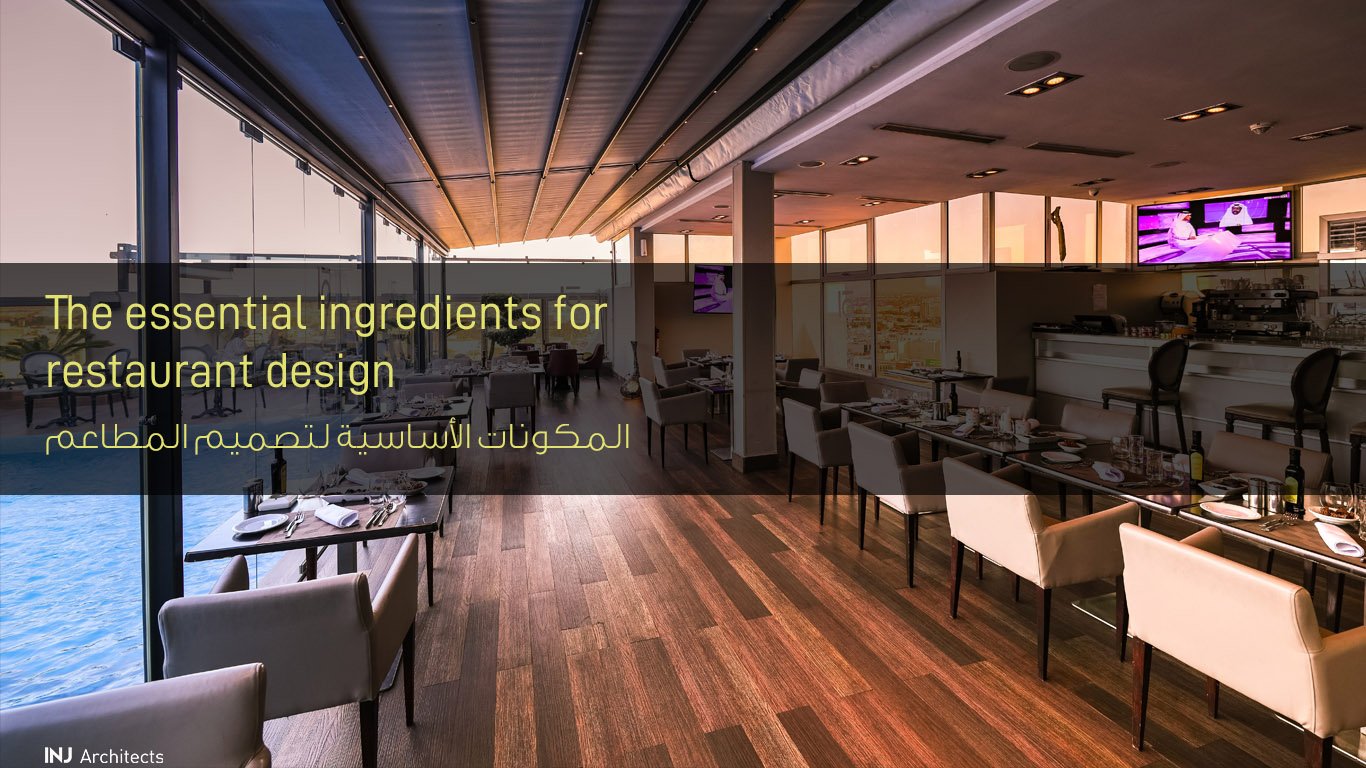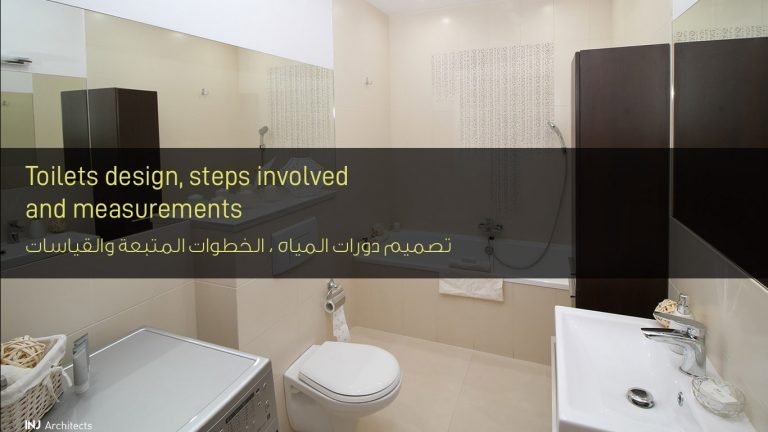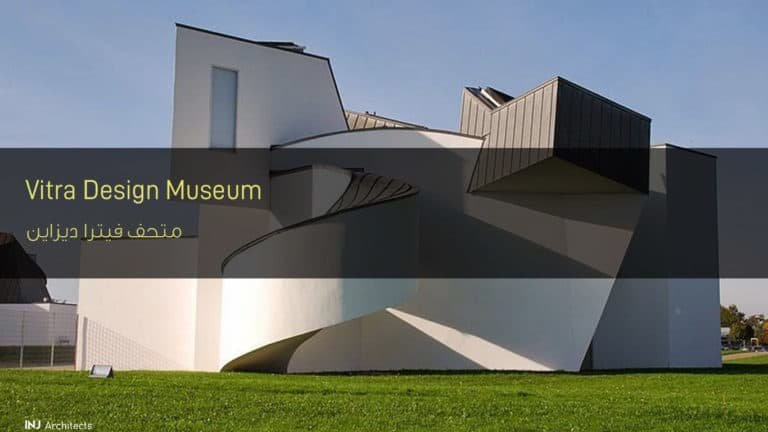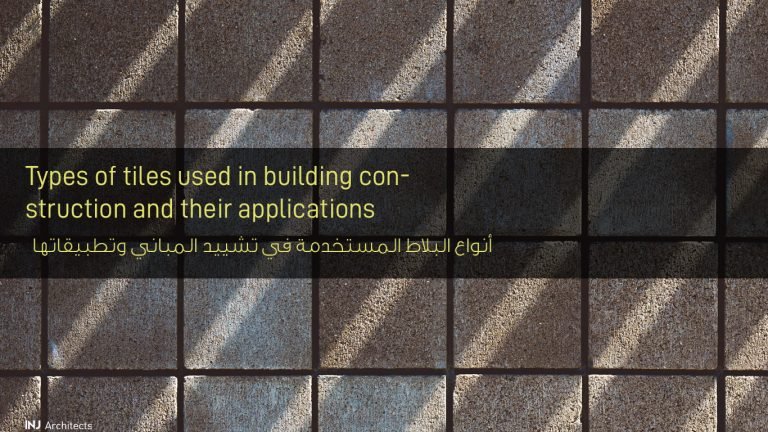The essential ingredients for restaurant design
The essential ingredients for restaurant design
For any restaurant to succeed, the essential ingredients for restaurant design that range from management to decoration, to employees to food and location, and each has a role, one of the most important aspects of restaurant success is restaurant design.
To design a restaurant There are standards and guidelines in achieving a plan to implement a restaurant. The plan to create a design for the restaurant involves knowing the residents ’ability to go to the restaurant and the size of the movement inside it, including the space necessary to sit and make the best use of the space, taking into account the restaurant’s business requirements.
Ideally, the restaurant layout and design should make it clear that 60% of the floor plan should go to the dining area and the other 40% to the kitchen, storage and setting, etc.The restaurant design and interior restaurant design needs to be fully synchronized with Some of them.
The main drive of the restaurant floor plan is to organize the space available for the furniture needs of the restaurant in the most efficient way. The main ingredient of any indoor restaurant is the chair and the table.

Depending on the type of restaurant and menu, the preparation of the service schedule, and the degree of intimacy required, the size of the table and the requirements for the total seat area can vary greatly. Usually, a restaurant that encourages speed in movement provides customers with a smaller desk and chair for fast meals, for example, or a drink. On the other hand, restaurants that encourage limited turnover and meals are served with larger sizes for the table and comfortable chairs.
There are many other design factors that play an influential role in designing the perfect floor plan for the restaurant:
- The movement of people and their speed of entry and exit, the movement of employees and clients in the place of entry and exit
- Service methods (self-catering or monitored) – the design of the restaurant is largely dependent on whether the employees serve food or is it self-catering.
- Overall dimension of the space specified – the design of the restaurant is highly dependent on the entire proportion and available space. Accordingly, the architect will draft the restaurant design and create a floor plan.

Features of efficient restaurant design and complete plan:
- Human comfort: Indoor air quality (check temperature, good humidity and ventilation control), lighting and acoustic comfort. Apart from these, the space available for the design should be able to provide each customer with a comfortable personal space. There should be enough space in the design to comfortably sit, stand, walk and exit.
- Lighting: People intuitively know that light affects their moods. The challenge during lighting design lies in understanding the conditions in which some visual conditions may be better than others under any conditions and using that knowledge to create lighting systems that improve overall performance and human comfort. Restaurant lighting can be divided into three categories: ambient lighting, spotlight, and mood lighting.
It is the combination of these three that determines the lighting in the design of the restaurant. In restaurant interior design psychology, lighting is a key factor and restaurant design focuses on functionality and psychological impact of different lights.
- Sound: The average noise level in a typical restaurant while eating is 80 decibels (some reach 110 decibels). The restaurants have traditionally carpeted floors, soft furnishings, upholstered chairs, tablecloths and curtains that provide sound-absorbing qualities.
- Safety concerns: Restaurant design standards require adequate space between tables. For example, if there is an emergency and you need to vacate the building, clear exit paths are an integral part of keeping everyone safe. Broad paths should be built to avoid disruption of staff and guests alike and harm themselves while on the move in your dining room.
The essential ingredients for restaurant design:
Entrance:
The first impression of the restaurant, a well-designed restaurant design plan should provide ample space ideally welcoming and must arouse the curiosity of visitors to eat.
Dining room layouts
The dining area of the restaurant is the soul of the place. The client spends 98% of the time in this area. While designing the dining room layout, the primary goal should be that customers are comfortable in the sitting area and enjoy eating their food, the interior decorations in the dining area should be designed according to the concept and theme of the restaurant. This, of course, will also depend on the available area and the theme of the restaurant.
Do not forget to follow us on Twitter to receive all new

A) Seating area
The seating area should be designed with at least three table sizes with the drive to accommodate small, medium and large parties accordingly. The window area can be used for small tables consisting of two people. Likewise, the middle section can be better used to accommodate large parties. Between each dining table, there should be a level of 3-4 feet to avoid any clutter and confusion. There should be ample space to allow for the free and smooth movement of servers.
B) waiting area
The waiting area is often overlooked while creating restaurant designs. Overlooking this area in diners awaiting table. There should be enough space for guests where they can wait to eat.
C) POS terminals or the billing system region
The POS should be placed in a position that maximizes efficiency. There must be a minimum of staff running back and forth between payment terminals.
the kitchen
One of the most important ingredients in a restaurant’s design is the food preparation kitchen. The kitchen is primarily designed by taking into account the views of the chef, kitchen consultant, architect, and contractor representative. The kitchen consultant is responsible for the design and usually provides kitchen items such as stainless steel units, proper chimneys, freezer units, and others. Electrical and plumbing services are provided by the contracting company in consultation with a kitchen consultant and architect.
Adequate space is required for different areas in the kitchen, the effective kitchen floor plan must include enough space to receive and store goods, stock, water tank, prep areas, cooking stations, food storage, water tank, dishwasher area, stock, and equipment.
Read also: The most common kitchen materials in use
Bathrooms
There is no question that restaurant owners need to pay close attention to the food and services they provide, but at the same time, the cleanliness of the restaurant, especially the toilets, is an integral part of the customer’s dining experience. Toilets should be divided into male and female sections. Pay special attention to this area because it is usually overlooked in the planning and design phase of the restaurant.
Toilets leave a lasting impression on the customer’s mind. They should have sufficient lighting and easy to clean and maintain. Every client will appreciate the toilets that are clean, clean and large enough to accommodate many guests. Toilets must be accessible to clients, it is recommended that toilets also have wheelchair access to meet the disabled.
Electrical services
The electrical part of the restaurant is an essential and critical aspect of both facility operations and safety. Depending on the location, the wires should be taken care of and finished, lighting fixtures and cables professionally and seriously. Plan your site for dashboards, generators, etc. on a regular basis.







